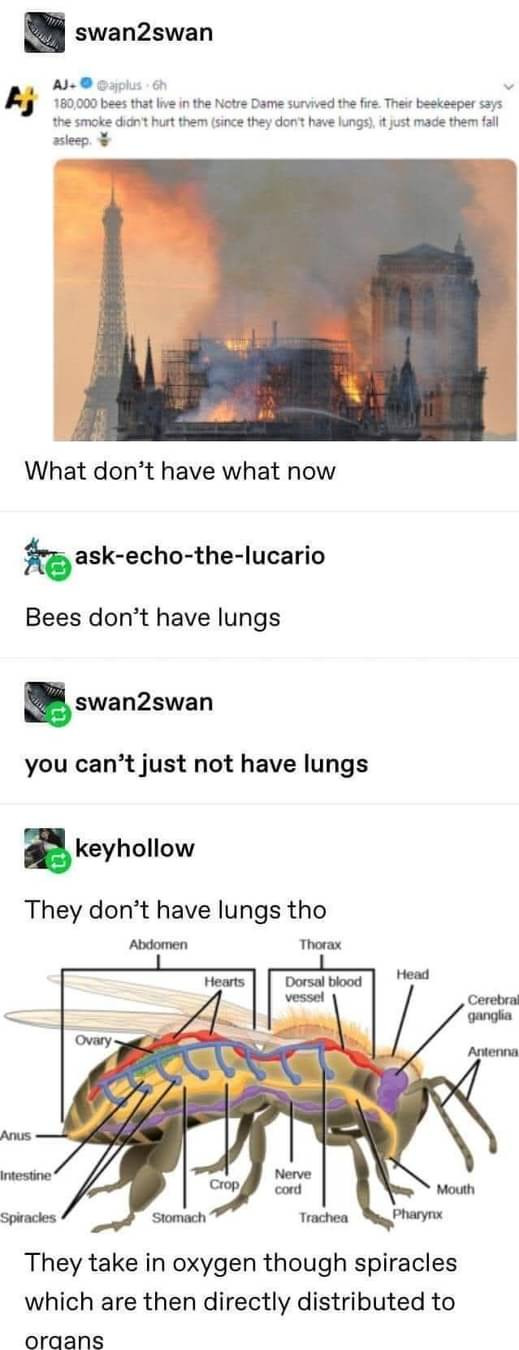this post was submitted on 16 Apr 2025
996 points (99.5% liked)
Science Memes
14336 readers
2846 users here now
Welcome to c/science_memes @ Mander.xyz!
A place for majestic STEMLORD peacocking, as well as memes about the realities of working in a lab.

Rules
- Don't throw mud. Behave like an intellectual and remember the human.
- Keep it rooted (on topic).
- No spam.
- Infographics welcome, get schooled.
This is a science community. We use the Dawkins definition of meme.
Research Committee
Other Mander Communities
Science and Research
Biology and Life Sciences
- !abiogenesis@mander.xyz
- !animal-behavior@mander.xyz
- !anthropology@mander.xyz
- !arachnology@mander.xyz
- !balconygardening@slrpnk.net
- !biodiversity@mander.xyz
- !biology@mander.xyz
- !biophysics@mander.xyz
- !botany@mander.xyz
- !ecology@mander.xyz
- !entomology@mander.xyz
- !fermentation@mander.xyz
- !herpetology@mander.xyz
- !houseplants@mander.xyz
- !medicine@mander.xyz
- !microscopy@mander.xyz
- !mycology@mander.xyz
- !nudibranchs@mander.xyz
- !nutrition@mander.xyz
- !palaeoecology@mander.xyz
- !palaeontology@mander.xyz
- !photosynthesis@mander.xyz
- !plantid@mander.xyz
- !plants@mander.xyz
- !reptiles and amphibians@mander.xyz
Physical Sciences
- !astronomy@mander.xyz
- !chemistry@mander.xyz
- !earthscience@mander.xyz
- !geography@mander.xyz
- !geospatial@mander.xyz
- !nuclear@mander.xyz
- !physics@mander.xyz
- !quantum-computing@mander.xyz
- !spectroscopy@mander.xyz
Humanities and Social Sciences
Practical and Applied Sciences
- !exercise-and sports-science@mander.xyz
- !gardening@mander.xyz
- !self sufficiency@mander.xyz
- !soilscience@slrpnk.net
- !terrariums@mander.xyz
- !timelapse@mander.xyz
Memes
Miscellaneous
founded 2 years ago
MODERATORS
you are viewing a single comment's thread
view the rest of the comments
view the rest of the comments

Not just bees, it's true of all insects.
Consequently, the amount of oxygen in the air determines how big bugs can grow. Get too big, and the oxygen can't diffuse into the body fast enough. This even shows up in the fossil records, with larger bugs being found alongside evidence of eras that had more oxygen in the atmosphere.
They aren't insects, but most arachnids have book lungs, which are basically a pocket full of air gills.
How much was the oxygen and where has it gone since then?
Currently oxygen is about 20% of the atmosphere. In the Carboniferous period, 60 million years ago, it's thought to have gotten as high as 30%.
Oxygen is highly reactive, and the O2 configuration is not particularly stable, so over time it gets locked up in other molecules, which are then burred or deposited at the bottom of bodies of water.
Oxygen has always been plentiful on earth, but for most of geologic history it was bound up in solid molecules in the crust. Nearly 2.5 billion years ago, bacteria began "unlocking" gaseous O2 as a byproduct of the nitrogen based chemical reaction they lived on.